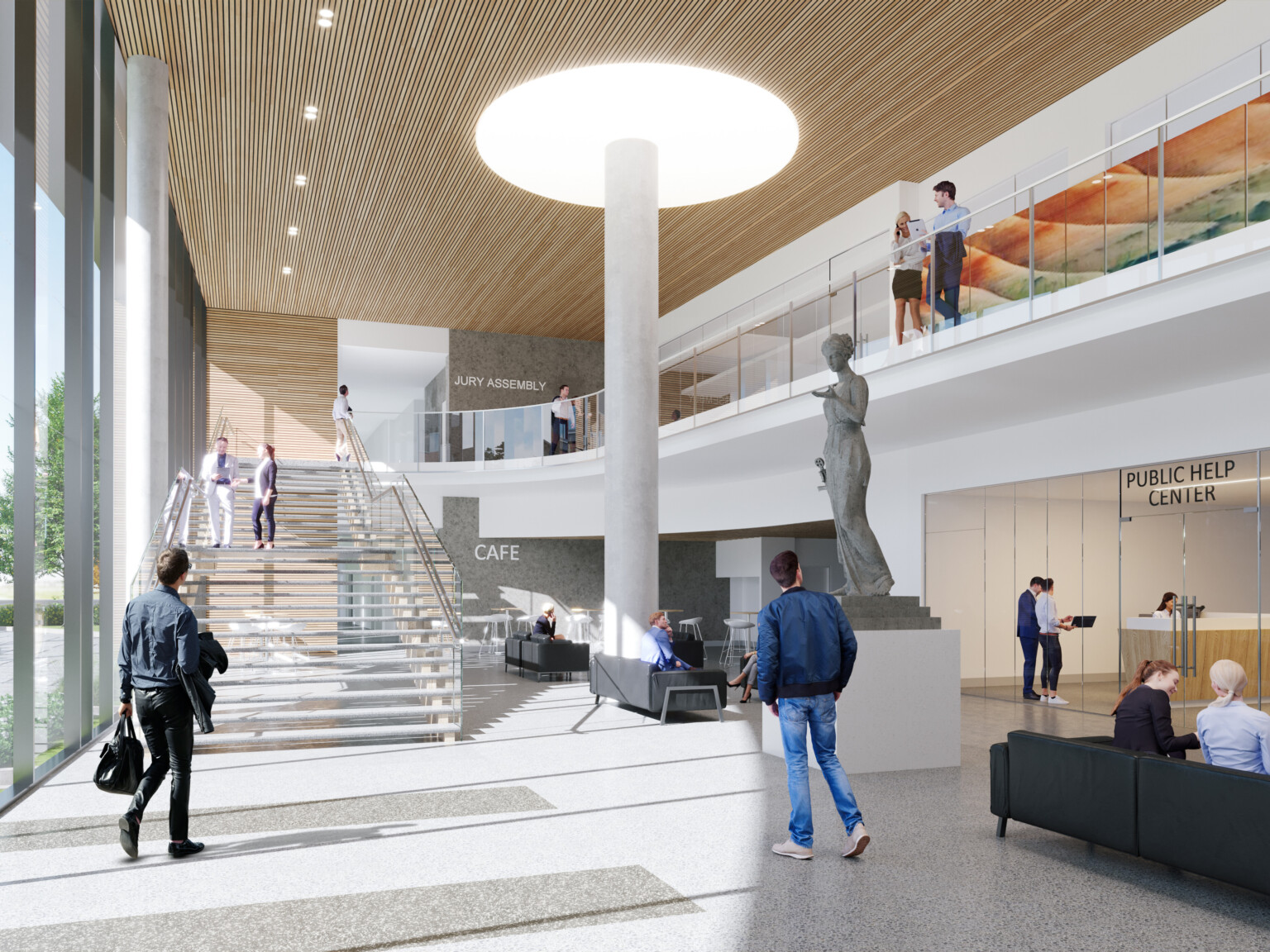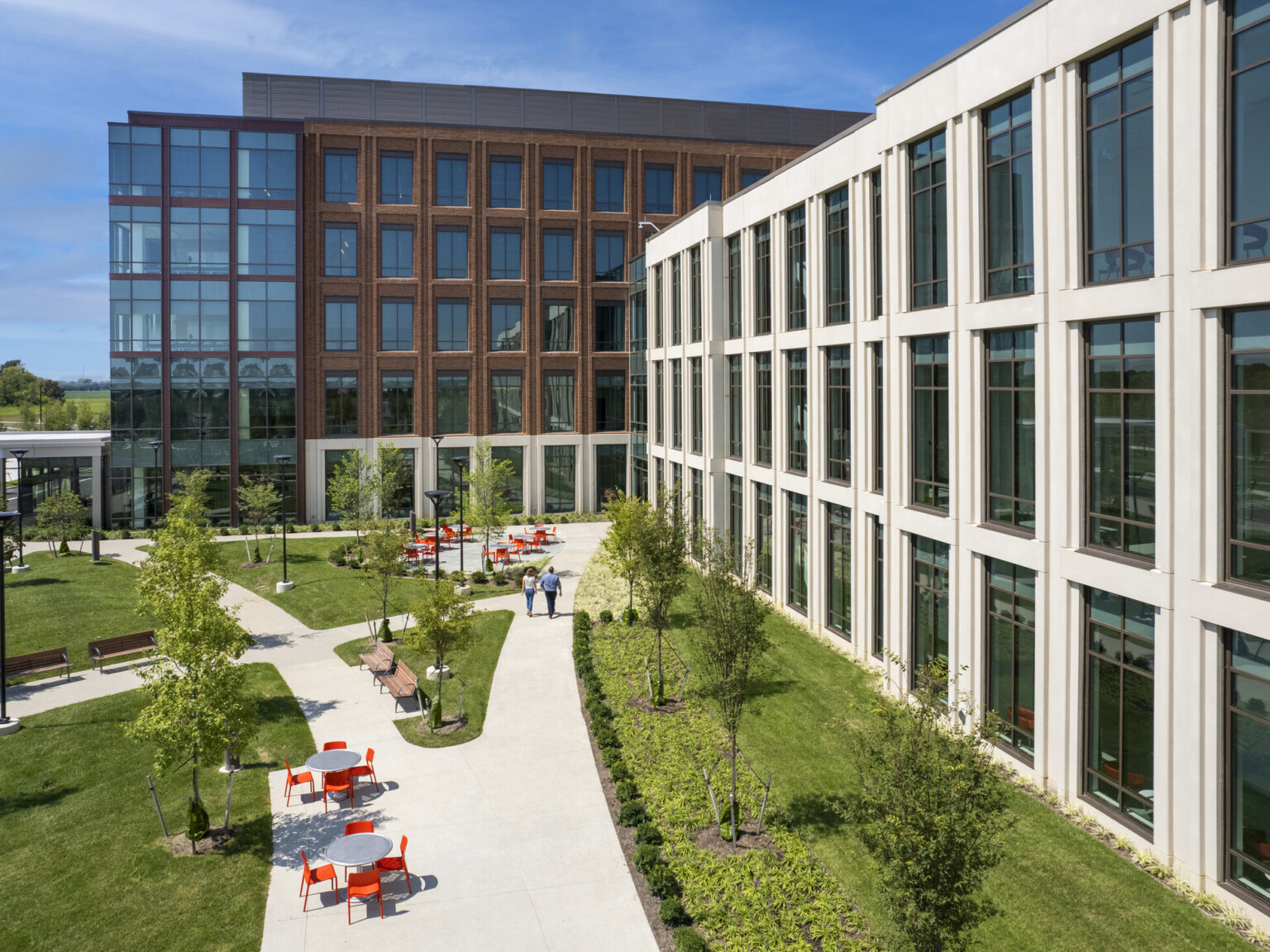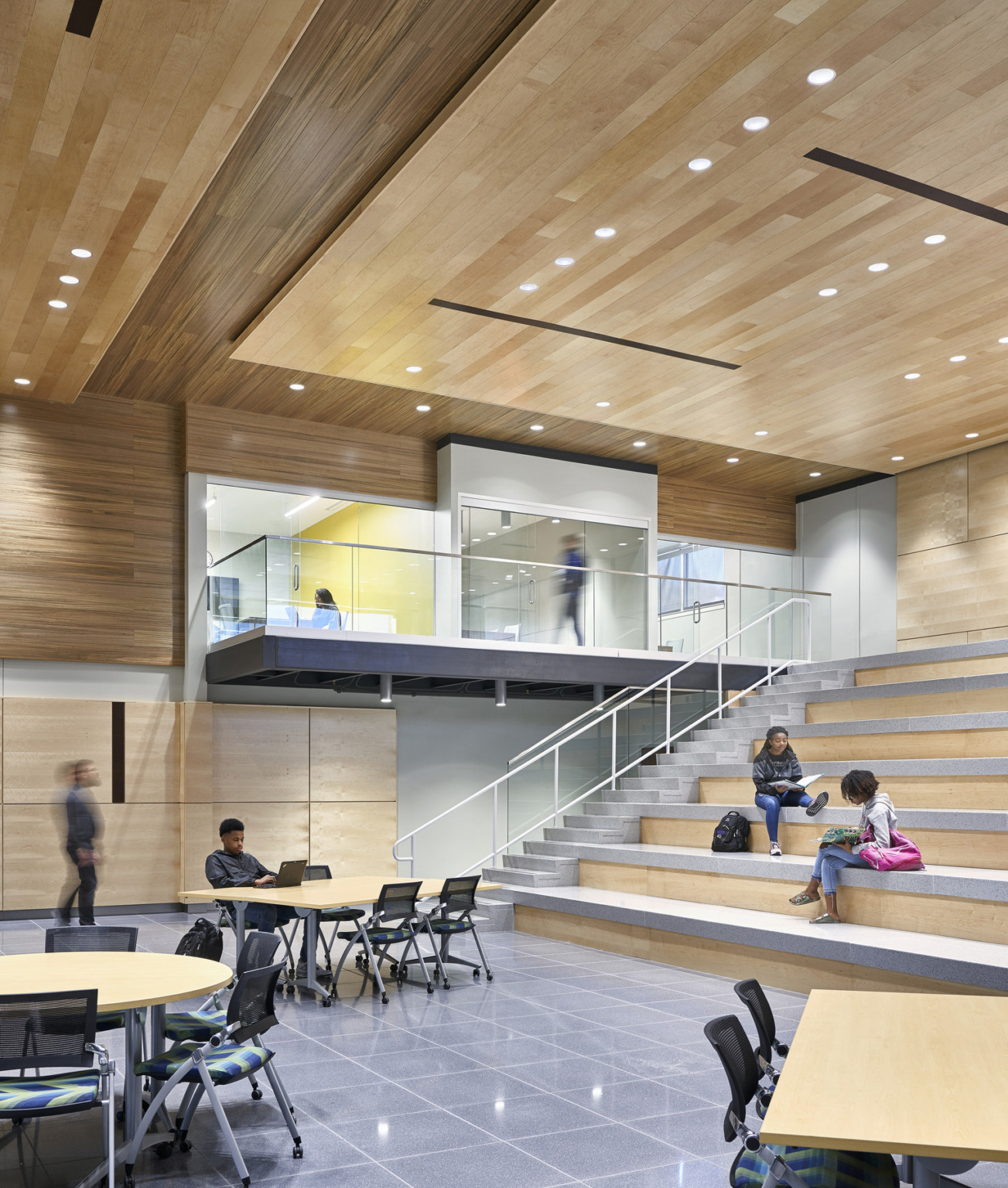
Three Keys to Running Bond Elections Post-Pandemic
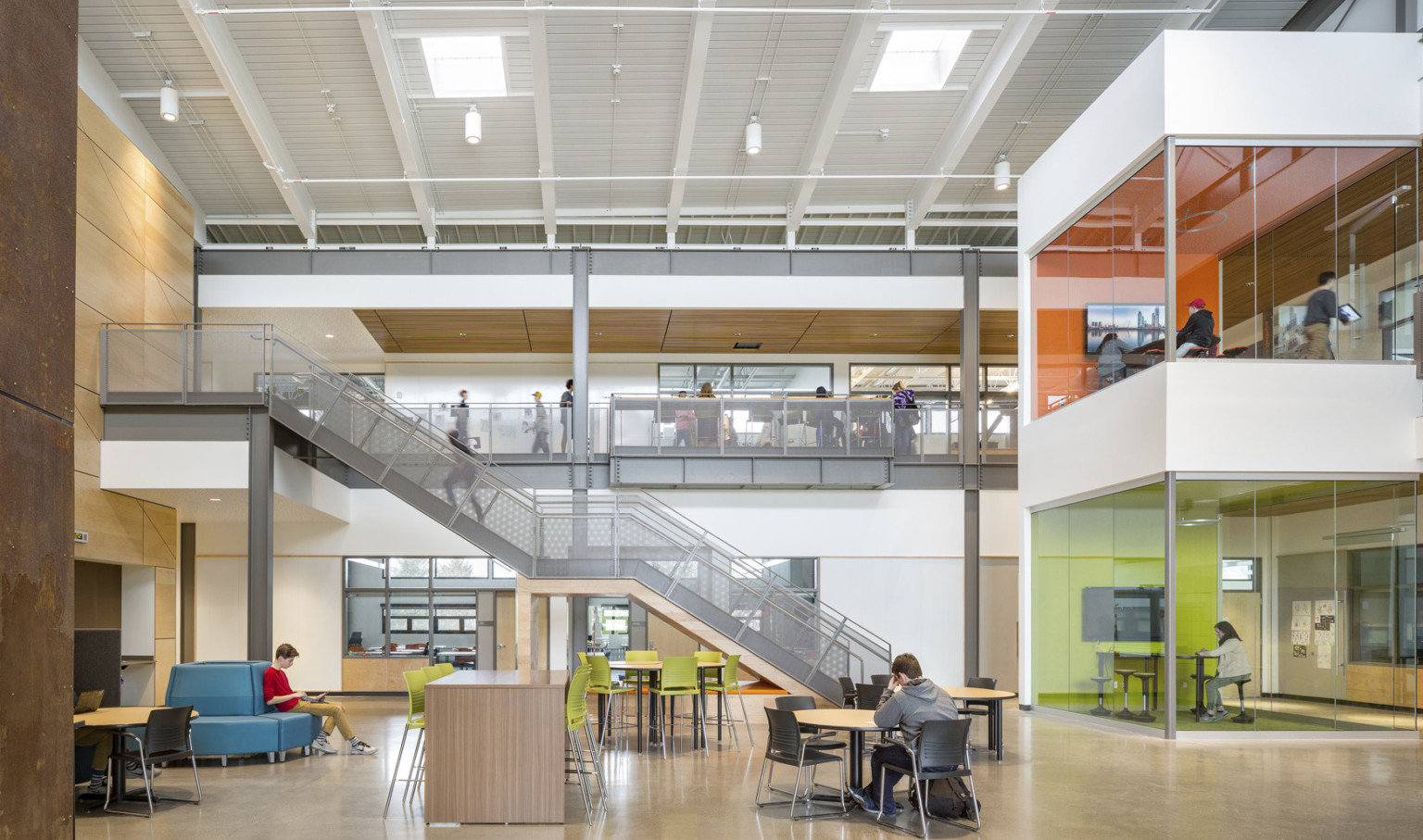
For many districts, facility improvements had been in the forefront of their planning efforts prior to the pandemic. Some communities were far enough along that they had officially called a spring 2020 bond election, only to have it delayed. The unfortunate reality is that those facility needs are not going away. Now is the time for districts to regroup and unite with their community patrons to determine their path forward.
Through my daily interactions with school districts and communities, I’ve recognized that stakeholder engagement has never been more important than it is right now. Asking patrons to vote in a school bond election and potentially raise their personal taxes was daunting before COVID-19, but the pandemic has taken this task to a whole new level. To help districts navigate through this unprecedented time, I’ve outlined three keys to a winning election strategy, including timing, communication channels, and messaging.
Timing
Districts should weigh the timing of a bond referendum, particularly if the scope requires a tax increase. The pandemic brought about significant changes in our personal lives, and districts must be sensitive to the fact that millions of Americans are experiencing unemployment, pay reductions, childcare changes, and/or illness. Taxpayers need time to adjust to the changes in their own lives before considering the district’s future, which is why conversations about upcoming bond elections and facility needs should be delayed until local communities, businesses, and families return to some sense of normalcy, albeit a new normal. For some regions, this is already starting to happen, and that’s good news.
The following considerations also apply to districts holding bond referendums on the November 2020 ballot:
- 2020 is a presidential election year, and therefore voter turnout will be significantly higher than a typical school bond election. Two categories of voters that need to be addressed are non-vested and casual voters. Non-vested voters are those with no children or no ties to the district, while casual voters are patrons who have no consistent history of showing up on election day, but typically do vote in presidential and larger elections. Reaching these audiences will take additional resources and educational efforts to ensure they make an informed decision at the polls.
- Search for existing candidate opportunities to inform already likely voters of your bond referendum in a non-partisan way, such as through online forums, virtual meetings, and websites.
- Reach out to community organizations that support your district and may be willing and able to help educate the likely voters in your community.
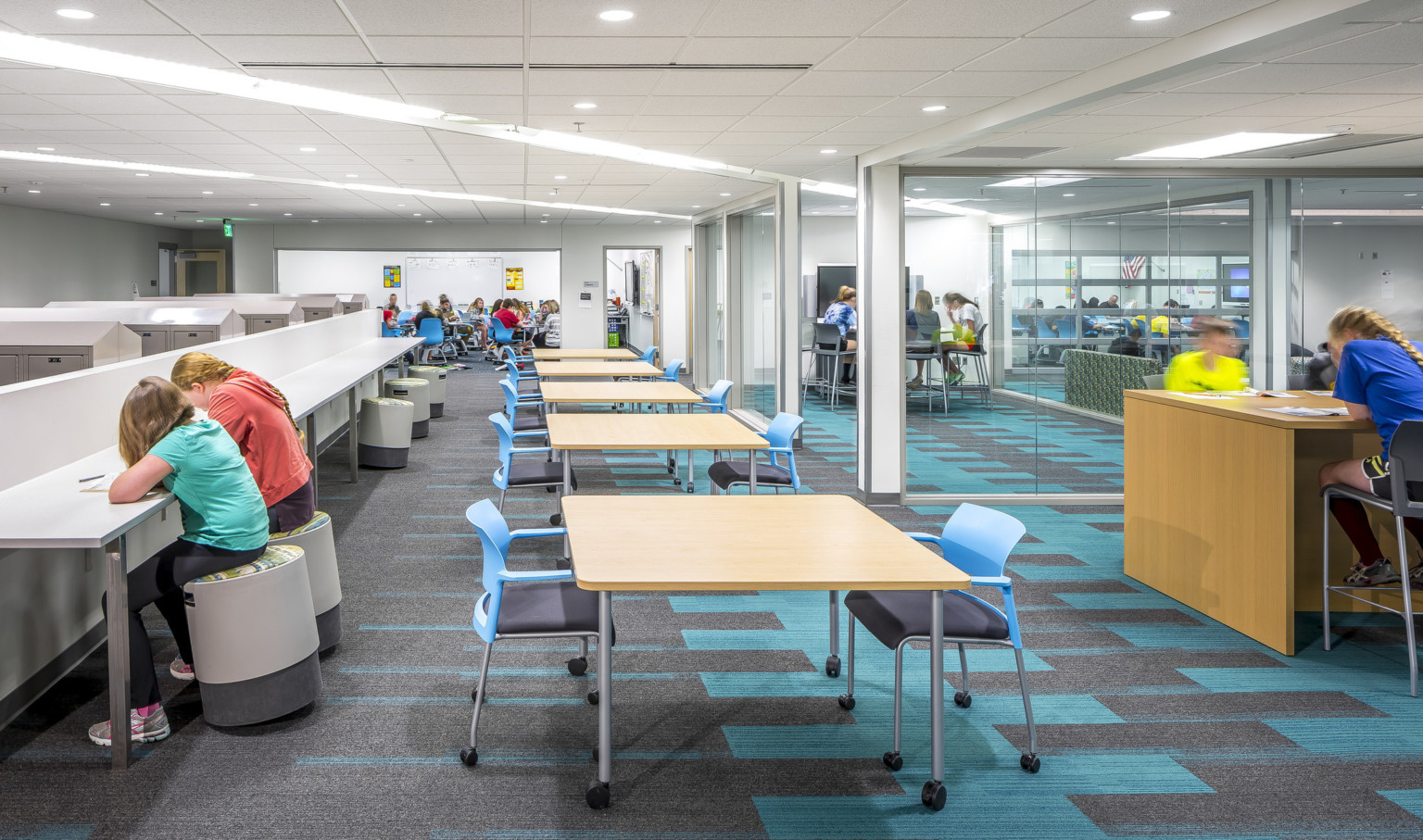
Communications Channels
Traditional campaign strategies, such as face-to-face campaigning, door-to-door canvassing, rallies, and booths or displays at large public gatherings, will likely be replaced with robust online engagement. The time is ripe for districts to consider ways to enhance their online content related to bond referendum planning. By utilizing multiple platforms, districts can disseminate information to their constituents quickly and effectively. A few options include:
- Using short videos to provide regular updates and presentations about a potential bond scope, as well as video building tours to take patrons inside their community’s schools to see actual facility needs.
- Hosting visioning sessions and community group meetings via online platforms such as Zoom or Google Hangouts.
- Interacting directly with patrons on social media, including Facebook, Twitter, Instagram, and other district-approved programs.
- Executing a community survey to gauge the readiness of patrons to begin or continue the conversation regarding an upcoming bond referendum.
Messaging
Schools are more than buildings; they are the lifeblood of communities. School districts and communities are intertwined, and as they unite to plan for their shared future, careful consideration must be given to appropriate and direct messaging regarding a bond referendum. The overriding message should relate to improving educational performance and student safety, especially in the wake of COVID-19. Brick and mortar, costs, or taxes should never be the headline of a bond campaign. In addition, overcoming voter apathy to give citizens a reason to vote is crucial. The best method to overcome apathy is to educate voters on how the bond referendum impacts them personally, as well as the community at large.
While districts may have paused planning and bond efforts temporarily due to the pandemic, the needs remain and recent events have made the conversation about tomorrow’s learning environment more important than ever. I’d love the opportunity to discuss your bond referendum plans in 2020 and beyond.


